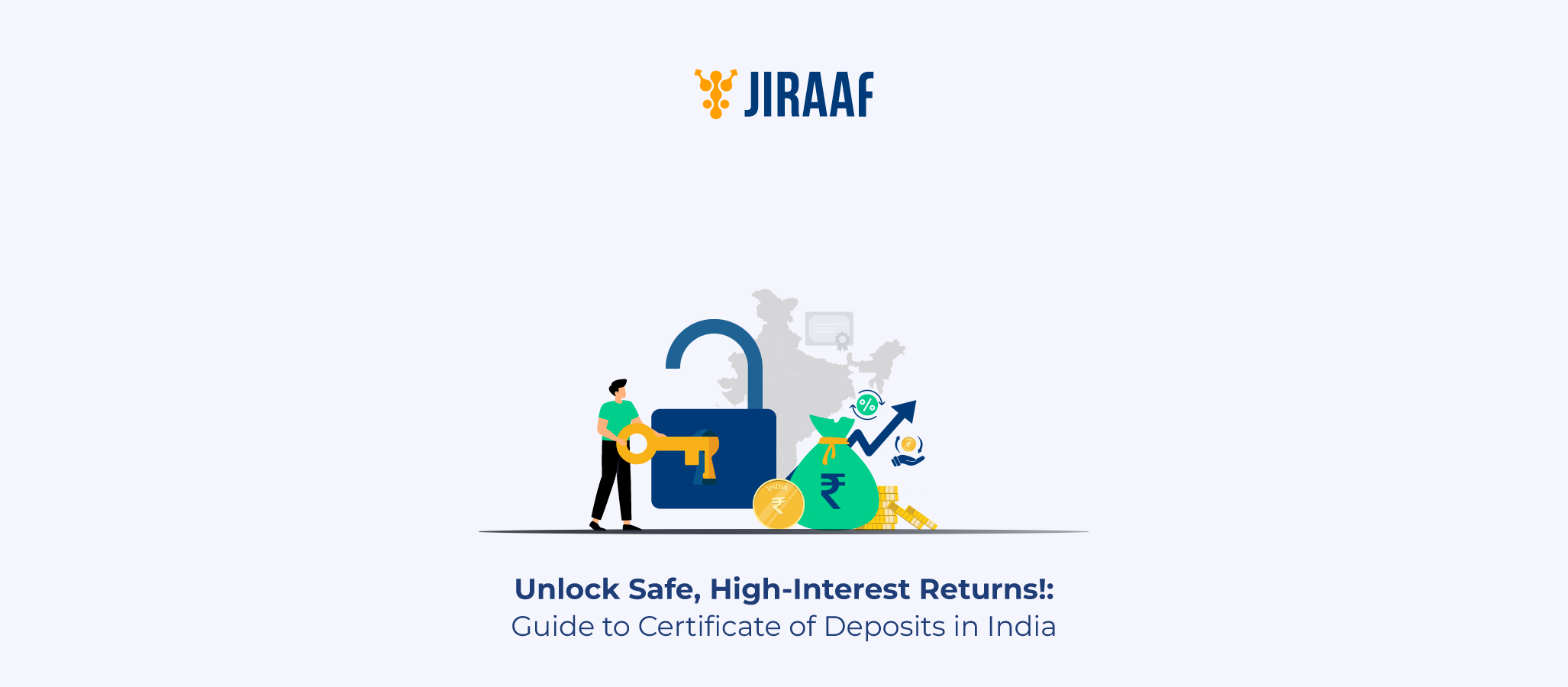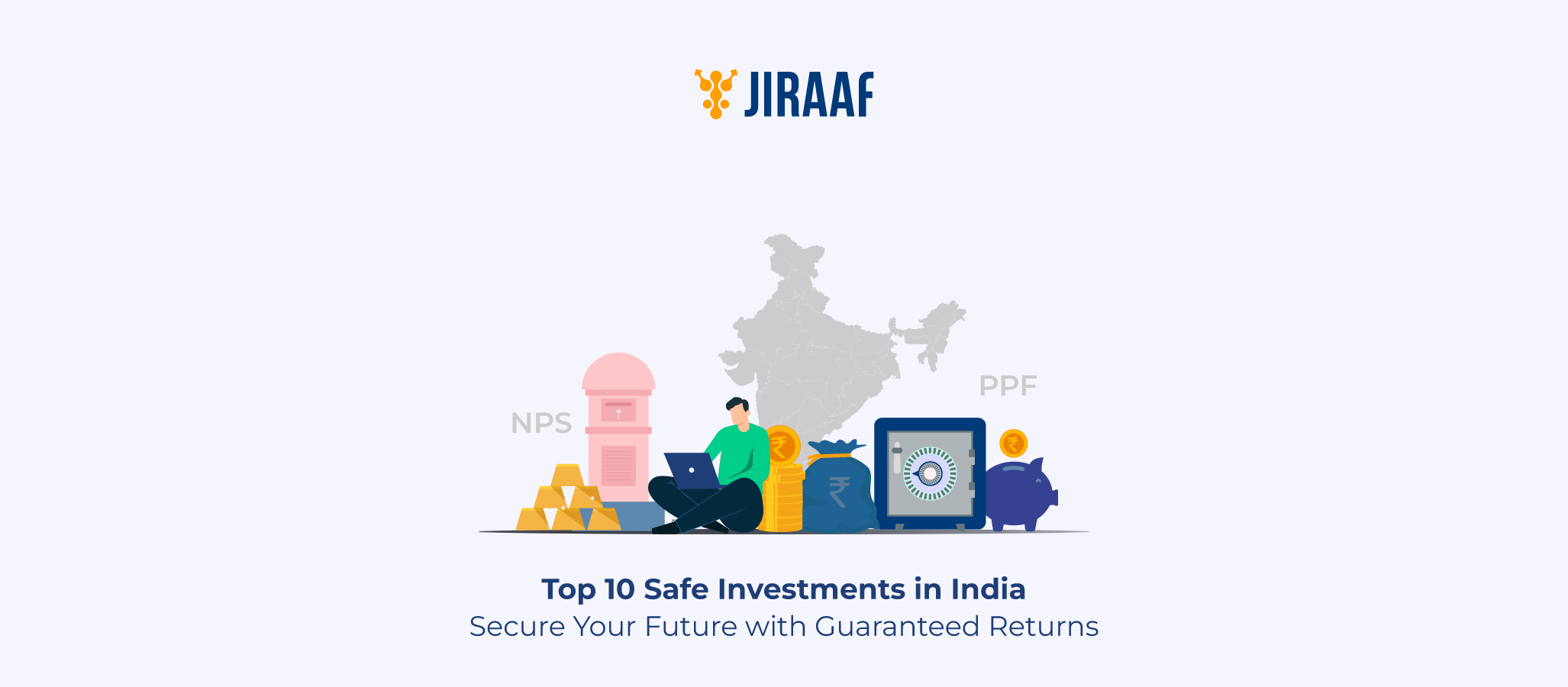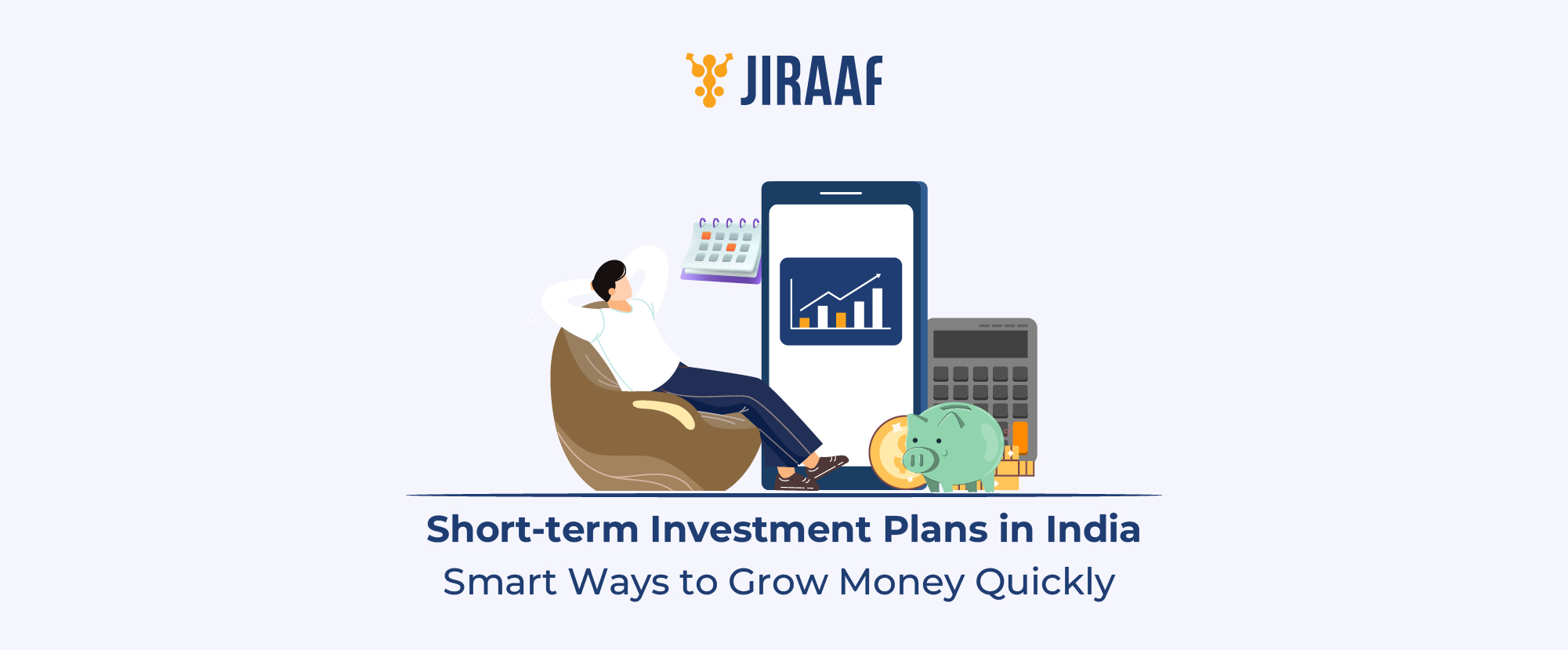The National Savings Scheme (NSS) is a government-backed savings initiative designed to offer secure, fixed-income returns to conservative investors. It encompasses various instruments such as the National Savings Certificate (NSC), Public Provident Fund (PPF), and Senior Citizens Savings Scheme (SCSS), all aimed at promoting disciplined savings while ensuring capital safety and predictable earnings.
This guide explores what NSS is, its key benefits, interest rates, tax implications, and investment options—online and offline.
What is the National Savings Scheme (NSS)?
The National Savings Scheme (NSS) refers to a collection of fixed-income savings plans offered by the Government of India, primarily through India Post. These are designed to cater to diverse financial needs, ranging from long-term retirement planning to short-term tax savings.
Key characteristics:
- Backed by sovereign guarantee
- Available at post offices across India
- Accessible to most resident individuals
- Includes NSC, PPF, SCSS, etc.
Key Features and Benefits of the National Savings Scheme
- Capital Safety: All schemes under NSS are backed by the Government of India, offering assurance of principal and returns.
- Fixed Interest: Interest rates are announced quarterly and are generally higher than bank savings rates.
- Flexible Tenures: Options range from 1 year to 21 years, depending on the scheme.
- Tax Benefits: Most NSS instruments qualify for deductions under Section 80C of the Income Tax Act.
- Accessible to All: Whether salaried, self-employed, or retired, NSS caters to all income groups.
- Low Entry Point: Most schemes require a minimum deposit of ₹500 or ₹1,000.
- Nomination & Transfer: Schemes offer nomination facilities and easy transfer between post offices.
Interest Rates on National Savings Scheme (2025)
Interest rates on NSS schemes are notified every quarter by the Ministry of Finance. As of Q1 FY 2025–26, here are the key rates:
| Scheme | Interest Rate (p.a.) | Tenure |
| NSC (National Savings Certificate) | 7.7% | 5 years |
| PPF (Public Provident Fund) | 7.1% | 15 years |
| SCSS (Senior Citizens Savings Scheme) | 8.2% | 5 years |
Note: These are compounded either annually or quarterly, depending on the scheme. For NSC, interest is compounded annually but paid at maturity.
Taxability of National Saving Scheme Returns
Tax treatment varies across schemes in NSS:
- NSC: Initial investment is deductible under Section 80C. Interest is taxable but reinvested and also eligible under 80C (except in the final year).
- PPF: Falls under EEE category – investment, interest, and maturity are all tax-free.
- SCSS: Investment qualifies for 80C, but interest is taxable. TDS applies if the annual interest exceeds ₹50,000.
Important Notes:
- NSS does not deduct TDS (except SCSS).
- Interest earned must be reported in your Income Tax Return.
How to Invest in the National Savings Scheme Online and Offline
Offline Mode
- Visit your nearest post office.
- Fill out the scheme-specific application form.
- Submit KYC documents: Aadhaar, PAN, passport-size photograph.
- Make the deposit via cash, cheque, or demand draft.
- Receive a passbook or digital certificate as proof.
Online Mode
- Investment in PPF and NSC is available via select public sector bank portals.
- You can use the IPPB mobile app to manage PPF and SSY contributions.
- E-certificates are issued for safe, trackable investments.
Who Should Consider Investing in NSS?
The National Savings Scheme is suitable for:
- Salaried professionals seeking low-risk, long-term tax-saving investments
- First-time investors exploring simple financial instruments
- Parents planning for children’s education or marriage
- Senior citizens needing fixed income via SCSS
- Conservative investors looking for capital preservation and predictable returns
Not ideal for:
- Those seeking high liquidity
- Investors focused on monthly income (POMIS or SCSS may be better)
- Individuals aiming for market-linked growth (consider NPS or mutual funds)
Conclusion
The National Savings Scheme remains a cornerstone of conservative investment strategy in India. With fixed interest rates, tax benefits, and sovereign backing, NSS instruments like NSC, PPF, and SCSS offer peace of mind to risk-averse savers.
Whether you’re planning for retirement, saving for children, or simply diversifying away from market-linked instruments, NSS can help you achieve your goals safely and efficiently.
Discover fixed income investments with Jiraaf, a SEBI registered online bonds platform that educates and brings access to a wide array of bonds. Sign up today to explore diversified fixed income investment opportunities to support your goal-based wealth creation journey. Start investing!









